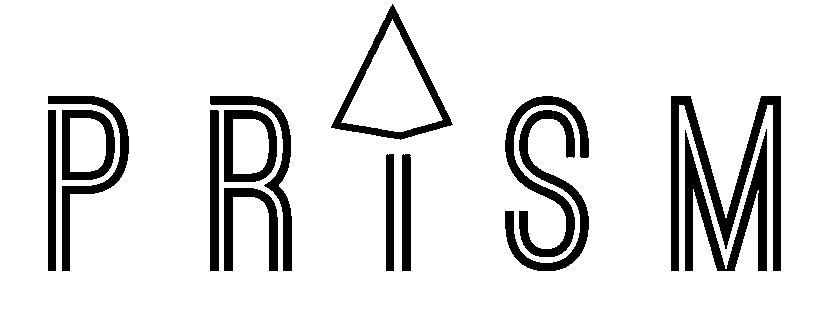More Energy
- Karla Hollan

- Apr 22, 2022
- 2 min read
Find yourself feeling perpetually tired? Let’s talk energy. Not the esoteric type you feel during a yoga class, but rather the choice between energy depletion and energy efficiency for body and mind day in and day out.
The “P” in PRiSM Wellness stands for posture. The body is typically seen as having equal right and left halves. Start with the relative position of the head, shoulders, trunk, hips, knees, or feet forwards or backwards in relation to any part of the spine. A trained eye can see discrepancies on which to base treatment to resolve the imbalance or resulting dysfunction. While that explains the basic biomechanics that body mass is better when more evenly distributed around the center of gravity, PRiSM takes the analysis even further with training from the Postural Restoration Institute (www.posturalrestoration.com).
The body has constant forces working during breathing and walking (or other alternating, reciprocal motion), but it doesn't necessarily start with a symmetrical right and left sided alignment. It’s impossible for the sides of the body to be completely even, because we have heavier organs on one side, uneven attachment sites that pull the body just enough to alter efficiency, and a brain that is biased to tend to one side more. So small shifts take place simply due to this inherent normal imbalance. Additional energy is needed to offset the mal-alignment, especially when there is a more permanent shift in the center of gravity in reaction to body mass. The trouble? The human mechanism has only a certain amount of available potential energy at any given time.

Think about this: When two bones that are shifted out of alignment begin to articulate with activities as simple as breathing or walking, the incongruent surfaces are subjected to abnormal mechanical stresses. Most of the time this is not seen, felt, or detrimental for a good while because the body compensates to fix the imbalance. But when the body functions inefficiently like this, the cost is energy depletion.
Many systems of the body are over-taxed from continued mal-alignment. Among other effects of a system wide postural asymmetry, the integrative function of the brain and main breathing muscle is altered, which contributes to disease, misuse of kinetic energy, and habitual patterning. The good news—the brain can be re-trained to re-create a more normal asymmetry through subtle shifts and mindful breathing practices.
My goal is to better balance the "normal abnormal" asymmetrical patterns that bodies form over time, so you can better use your energy resources. Some of my yoga classes and personal training sessions look counterculture because I teach an awareness of where the body is in space far beyond the one plane of the body that separates the right and left sides. If you see me instructing someone to round their back in a plank pose, I’m teaching them to trigger the neuromuscular connection with breath techniques necessary for the brain to feel the body move in and out of neutral. If you see someone in an atypical squat that does not accentuate an overextended lumbar curve, it’s likely they’ve been trained to activate muscles needed to breathe efficiently. Tired? Try PRiSM's techniques for a more balanced and energetic you.





Comments